More than two decades since the last Barbie rolled off the assembly line in Taiwan, nostalgic former factory workers are preserving her memory by tailoring exquisite dresses for the iconic doll.
For these women, making the outfits is a labor of love, recalling the days when the plant run by US toymaker Mattel was a major employer in the northern town of Taishan (泰山), near Taipei.
Chou Su-chin smiles as she thinks about her first job. She left the country's impoverished southern countryside to sign up at the factory when she was 18.
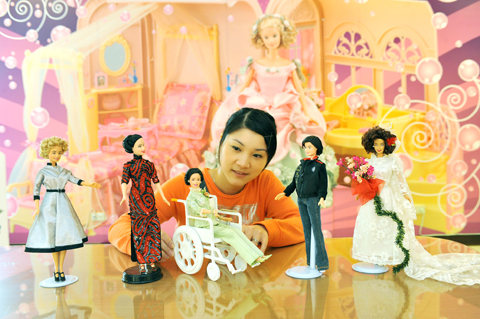
PHOTO: SAM YEH, AFP
"I'd never seen anything as beautiful as Barbie. I loved the dolls so much," the 59-year-old said, adding with a hint of sadness: "I really miss my job."
In its heyday the factory supported one in every three Taishan residents and during the 1960s and 1970s the community prospered as exports soared. The era coincided with Taiwan's transformation from a rural society into a rich industrialized one.
Today, the Meining Workshop set up by the former workers close to the original factory displays around 100 hand-sewn dresses modeled by Barbie dolls, for which the dressmakers have drawn inspiration from Taiwanese and Chinese culture.
The dresses, which are for sale, include a regal gown inspired by Wu Zetian (武則天), a woman who ruled China about 700AD, as well as a range of outfits based on Taiwan*s five first ladies.
※For us, making a doll*s dress is like creating a piece of art and it*s how we pay tribute to Taishan*s history as a Barbie-producing town,§ workshop manager Ku Chai-ra said.
※We were practically raised by Barbie and it has become a part of our lives. It's a beautiful memory for all of us in Taishan,§ said Ku, a former Mattel worker like her mother.
The doll-sized wardrobes of clothes for Taiwan*s first ladies feature a suit for Wu Shu-jen, together with miniature jewelry and a wheelchair.
Wu, the disabled wife of former president Chen Shui-bian (陳水扁) faces a life sentence for corruption, as does her husband, who ruled Taiwan from 2000 to 2008.
Ku's staff also made mini qipao, the figure-hugging Chinese dress, based on those worn in pictures by Soong Meiling (宋美齡), the elegant wife of dictator Chiang Kai-shek (蔣介石), who fled to Taiwan in 1949 after losing a civil war to the 〝communists in China.
"The five first ladies are from different eras and represent Taiwan's history and its fashion trends," Ku said.
Many brides-to-be still come to the workshop to order miniature versions of their wedding gowns as souvenirs, she said.
Mattel began producing Barbie in 1959, and immediately struck gold with a product that appealed to the daughters of middle-class families throughout the increasingly wealthy Western world.
Eight years later, Mattel opened the Taishan facility, one of its first factories in Asia, attracted to the country by its then-cheap labor force and plastic manufacturing know-how.
But the dolls were out of the price range of the workers who produced them.
"Barbie was so precious at that time since it was for export only. Besides, we couldn't possibly afford a doll that cost more than our salary," Chou said.
A Mattel worker earned NT$900 Taiwan a month in the late 1960s while a Barbie doll purchased in Japan cost about NT$1,200.
But NT$900 was only slightly below the average income at the time and for a teenage peasant girl it seemed a fortune, Chou said.
Like her, many Taishan residents spent the best years of their lives in the factory until it closed in 1987 when Mattel relocated its production lines to China and elsewhere because of cheaper labor and material costs.
Many in Taishan now hope that their efforts to promote the town*s Barbie connection will encourage the company to open a museum or a flagship store there, Ku said.
※It would be very meaningful as Taishan is practically a home town to Barbie,§ she said.
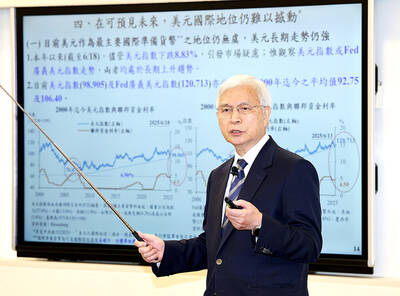
NOT JUSTIFIED: The bank’s governor said there would only be a rate cut if inflation falls below 1.5% and economic conditions deteriorate, which have not been detected The central bank yesterday kept its key interest rates unchanged for a fifth consecutive quarter, aligning with market expectations, while slightly lowering its inflation outlook amid signs of cooling price pressures. The move came after the US Federal Reserve held rates steady overnight, despite pressure from US President Donald Trump to cut borrowing costs. Central bank board members unanimously voted to maintain the discount rate at 2 percent, the secured loan rate at 2.375 percent and the overnight lending rate at 4.25 percent. “We consider the policy decision appropriate, although it suggests tightening leaning after factoring in slackening inflation and stable GDP growth,”
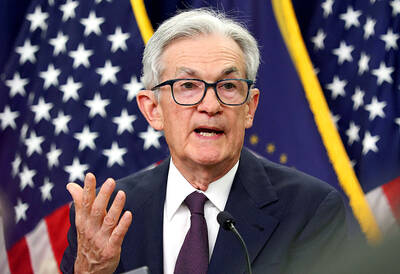
DIVIDED VIEWS: Although the Fed agreed on holding rates steady, some officials see no rate cuts for this year, while 10 policymakers foresee two or more cuts There are a lot of unknowns about the outlook for the economy and interest rates, but US Federal Reserve Chair Jerome Powell signaled at least one thing seems certain: Higher prices are coming. Fed policymakers voted unanimously to hold interest rates steady at a range of 4.25 percent to 4.50 percent for a fourth straight meeting on Wednesday, as they await clarity on whether tariffs would leave a one-time or more lasting mark on inflation. Powell said it is still unclear how much of the bill would fall on the shoulders of consumers, but he expects to learn more about tariffs
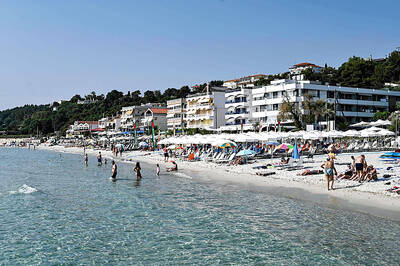
Greek tourism student Katerina quit within a month of starting work at a five-star hotel in Halkidiki, one of the country’s top destinations, because she said conditions were so dire. Beyond the bad pay, the 22-year-old said that her working and living conditions were “miserable and unacceptable.” Millions holiday in Greece every year, but its vital tourism industry is finding it harder and harder to recruit Greeks to look after them. “I was asked to work in any department of the hotel where there was a need, from service to cleaning,” said Katerina, a tourism and marketing student, who would
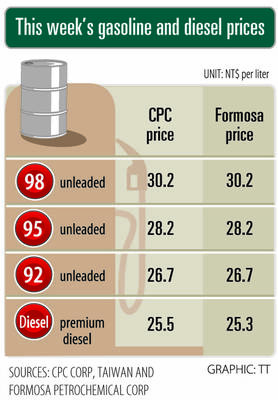
i Gasoline and diesel prices at fuel stations are this week to rise NT$0.1 per liter, as tensions in the Middle East pushed crude oil prices higher last week, CPC Corp, Taiwan (台灣中油) and Formosa Petrochemical Corp (台塑石化) said yesterday. International crude oil prices last week rose for the third consecutive week due to an escalating conflict between Israel and Iran, as the market is concerned that the situation in the Middle East might affect crude oil supply, CPC and Formosa said in separate statements. Front-month Brent crude oil futures — the international oil benchmark — rose 3.75 percent to settle at US$77.01